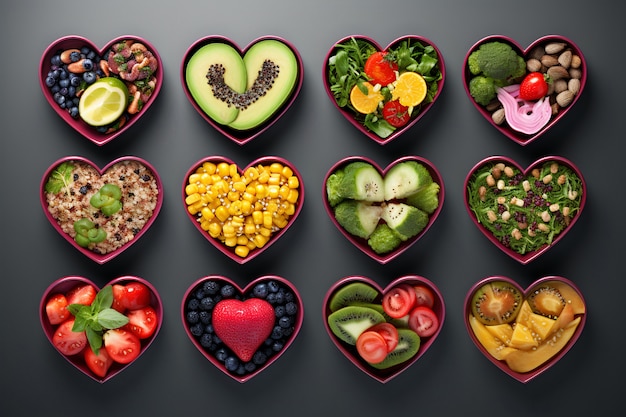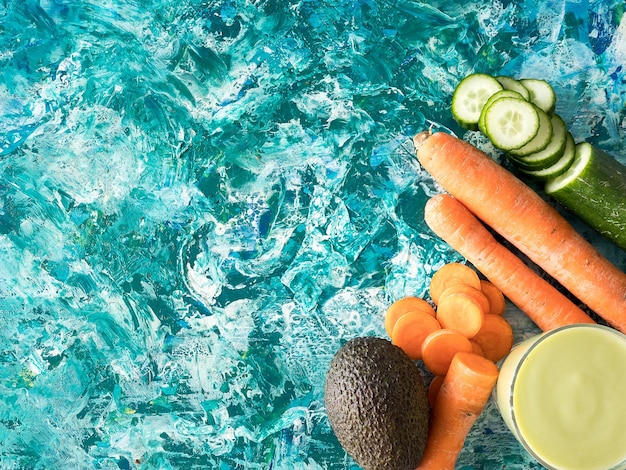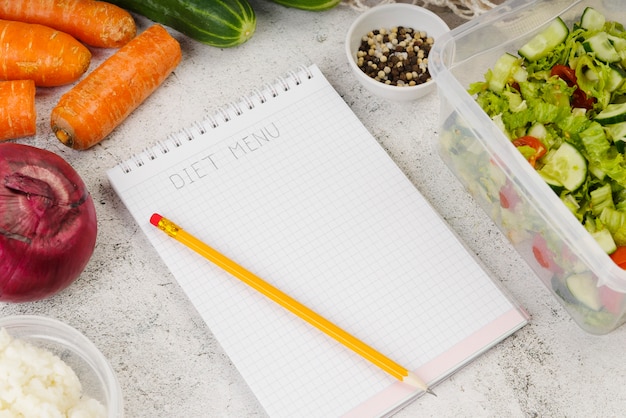Starting a journey toward better nutrition doesn’t require expensive supplements, high-tech gadgets, or hours of meal prep. In fact, the most effective nutrition plans are the ones that fit seamlessly into your daily routine. This guide is designed for real people with real schedules—packed with practical, science-backed strategies that require minimal tools and maximum common sense.
Many beginners dive into nutrition with enthusiasm, only to burn out within weeks. Why? Because most plans are built for ideal worlds—perfect kitchens, unlimited time, and endless willpower. Real life, however, includes unpredictable schedules, budget limits, and cravings. The key to long-term success isn’t perfection—it’s consistency and simplicity.
Instead of focusing on restrictive diets or complicated macros, build your nutrition around these five foundational pillars:
You don’t need a blender, food scale, or meal prep containers to eat well. Here’s what you actually need:
That’s it. With these basics, you can prepare balanced meals almost anywhere.
Time is the biggest barrier to healthy eating. Here’s how to overcome it:
Keep staples like canned beans, frozen vegetables, eggs, and whole grain bread on hand. In under 10 minutes, you can make a veggie omelet, bean and rice bowl, or a whole grain sandwich with avocado and tomato.
On hectic days, rely on no-cook options: Greek yogurt with fruit, a peanut butter banana sandwich, or a salad with canned tuna. These are nutritious, fast, and require zero cooking.
Instead of full weekly meal prep, spend 15 minutes on Sunday washing and chopping a few vegetables or hard-boiling a few eggs. This small step reduces decision fatigue during the week.
Eating healthy doesn’t have to be expensive. Try these cost-saving strategies:
Mindful eating isn’t about eating slowly 100% of the time. It’s about awareness. Try these simple practices:
The goal isn’t to eat perfectly every day. It’s to build habits that last. If you miss a meal or eat takeout, it’s okay. What matters is your overall pattern. Progress, not perfection, leads to real results.
Start small. Pick one change—like drinking more water or adding a vegetable to dinner—and stick with it for two weeks. Once it becomes routine, add another. Over time, these small shifts create lasting transformation.
Nutrition doesn’t have to be complicated. With a few smart choices and a focus on real-life practicality, anyone can build a healthier relationship with food—no fancy gear, strict rules, or extreme diets required. Keep it simple, stay consistent, and let your habits grow naturally.

Health

Health

Health

Health

Health

Health

Health

Fitness

Health

Fitness

Health

Health